‘Extraordinary’ Stories of Three New Venerables
Heroic Virtues are Recognized of Friar Placido Cortese, Maria Cristian Cella Mocellin, and Enrica Beltrame Quattrocchi
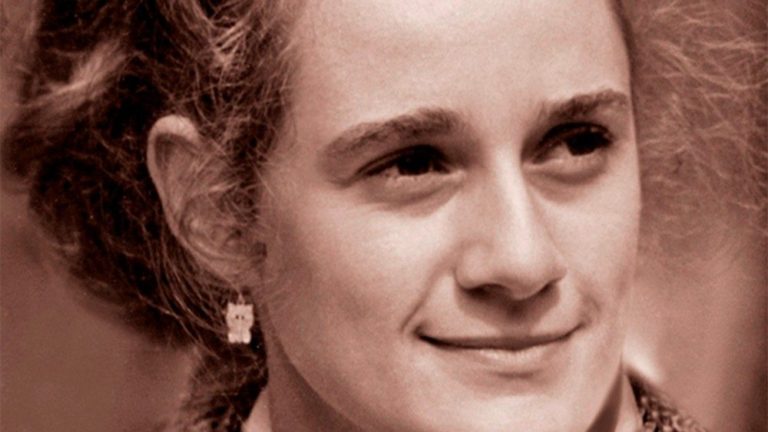
The Church has three new Venerables. Pope Francis authorized the promulgation of the Decrees of the heroic virtues of a Religious, and of two laywomen, all Italians. He did so during the course of an audience granted to the Prefect of the Congregation for the Causes of Saints, Cardinal Marcello Semeraro.
The Congregation’s Decrees represent a further step toward the recognition of sanctity. Necessary now for their Beatification is a miracle attributed to their intercession. The Servants of God proclaimed Venerable are: Placido Cortese (in the world: Nicolo), professed priest of the Order of Friars Minor Conventuals, was born on March 7, 1907, at Cherso (today Croatia) and died at Trieste, Italy, in November of 1944; Maria Cristina Cella Mocellin, lay mother of a family was born August 18, 1969, at Cinisello Balsamo, Italy and died at Bassano del Grappa, Italy, on October 22, 1995; Enrica Beltrame Quattrocchi, laywoman, was born on April 6, 1914, at Rome, Italy and died there on June 16, 2012.
A Franciscan Tortured by the Nazis
The first of the new Venerables is Nicolo Cortese, a Franciscan who in the course of World War II went out of his way to help stragglers, Jews, and those wanted by the Nazi Fascists. After his studies and noviciate at Padua and Rome’s Saint Bonaventure Theological Institute, he carried out his priestly ministry between Saint Anthony’s Basilica at Padua and a Milanese parish, before returning to the Saint’s city to direct the “Messaggero di S. Antonio” [Saint Anthony’s Messenger]. He increased the subscriptions to the magazine from 200,000 to 800,000 copies. After the armistice, he was active in an underground rescue network. Individuals who infiltrated the network betrayed him; he was arrested and taken to Trieste. He died after being tortured. His body was probably cremated in the Saint Sabba rice field.
A Mother in Love with Life and Her Children
Maria Cristina Cella Mocellin’s human story recalls a lot that of another mother of a family, now Saint, Gianna Beretta Molla. After giving thought to the religious life, Maria Cristina, then 16, was on holiday at her grandparents’ home in Veneto. She fell in love with 19-year-old Carlo Mocellin. Their engagement was marked by the girl’s illness: a sarcoma that obliged her to undergo surgery and very painful therapy, but which was also characterized by her intense spiritual understanding.
When the illness seemed to be eradicated, the two married in 1991. Their first son, Francesco, arrived in December and, 18 months later, Lucia was born. When Maria Cristina was expecting her third child, the sarcoma returned. She postponed her chemotherapy so that her son Riccardo could be born, but when her treatment began it was, unfortunately, late. Maria Cristina left a letter to her husband to be read to Riccardo when he would able to understand it — a letter in which she described him as “a gift for us.”
She wrote: “I believe that God would not permit pain if He did not want to obtain a secret and mysterious but real good from it. I believe I can do nothing greater than to say to the Lord: Thy will be done. I believe that one day I’ll understand the meaning of my suffering and I will thank God. I believe that without my pain endured with serenity and dignity, something would be missing in the harmony of the universe.” Maria Cristina died at 26.
“God’s Little Ladle”
The last of the new Venerables died when she was nearly 100: Enrica Beltrame Quattrocchi, fourth and last daughter of another couple of Blesseds, Luigi, a friend of De Gasperi and Don Sturzo, and Maria Corsini. The older sons became priests and the third daughter was a Benedictine nun. Enrichetta’s life — who described herself as “God’s little ladle” –, was one of prayer and charity towards the last. With a degree in Modern Literature from La Sapienza University, she specialized in the History of Art, which she taught in several schools of Rome.
She was tireless in her volunteer work. From 1936 she accompanied the trips of numerous UNITALSI patients to Lourdes and Loreto. From 1938 she was part of the Saint Vincent of Paul’s Daughters of Charity, presiding over a group of ‘ladies’ in the area of Trastevere and of Montagnola. During World War II, in contact with the Monastery of Subiaco and the entire Beltrame Quattrocchi family, she helped Jews, soldiers, and persecuted politicians. Last June her remains were transferred from the Verano cemetery to the Basilica of Saint Prassede, which she frequented every day; from 1994 she dedicated herself fully to her parents’ Cause of Beatification.
Translation by Virginia M. Forrester
Related
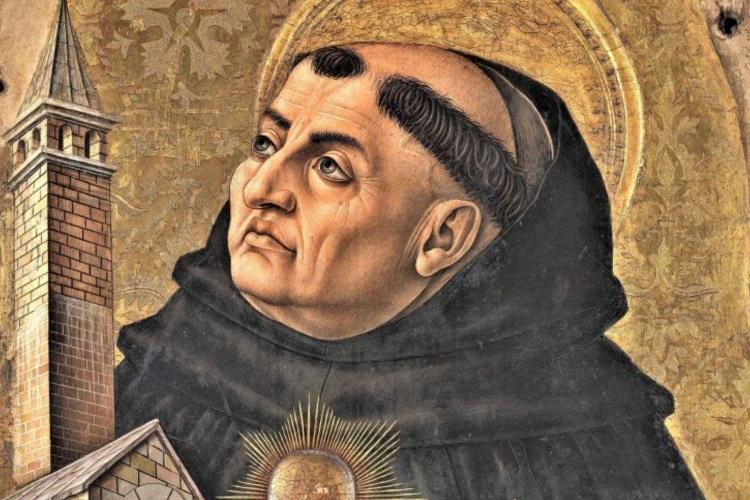
Pope Francis recalls great spiritual and human wisdom of Thomas Aquinas
Exaudi Staff
12 July, 2023
2 min
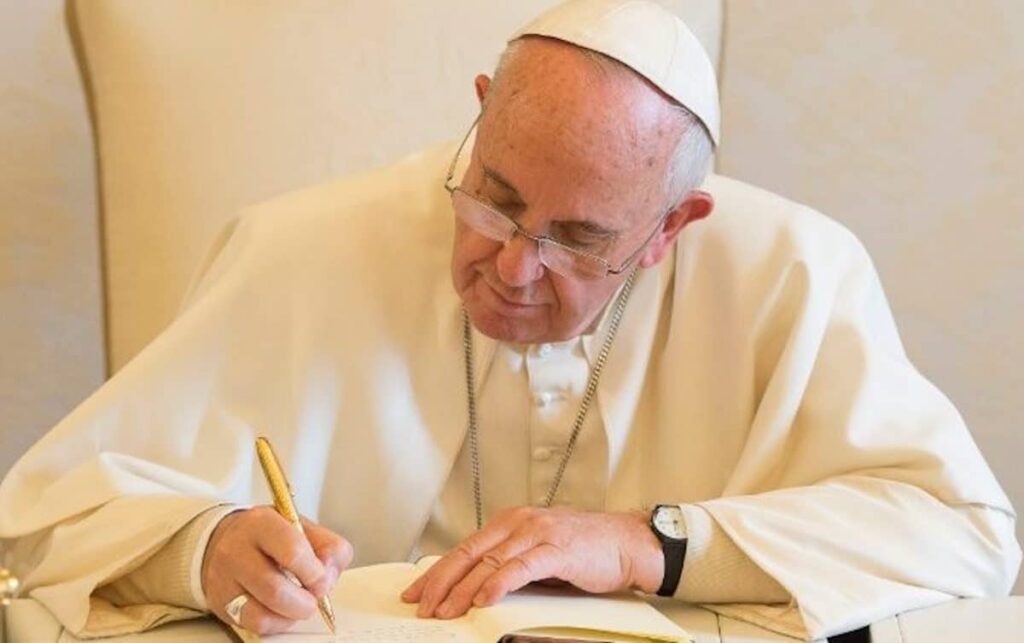
Letter of the Holy Father Francis establishing the “Commission of New Martyrs Witnesses of the Faith”
Exaudi Staff
05 July, 2023
4 min
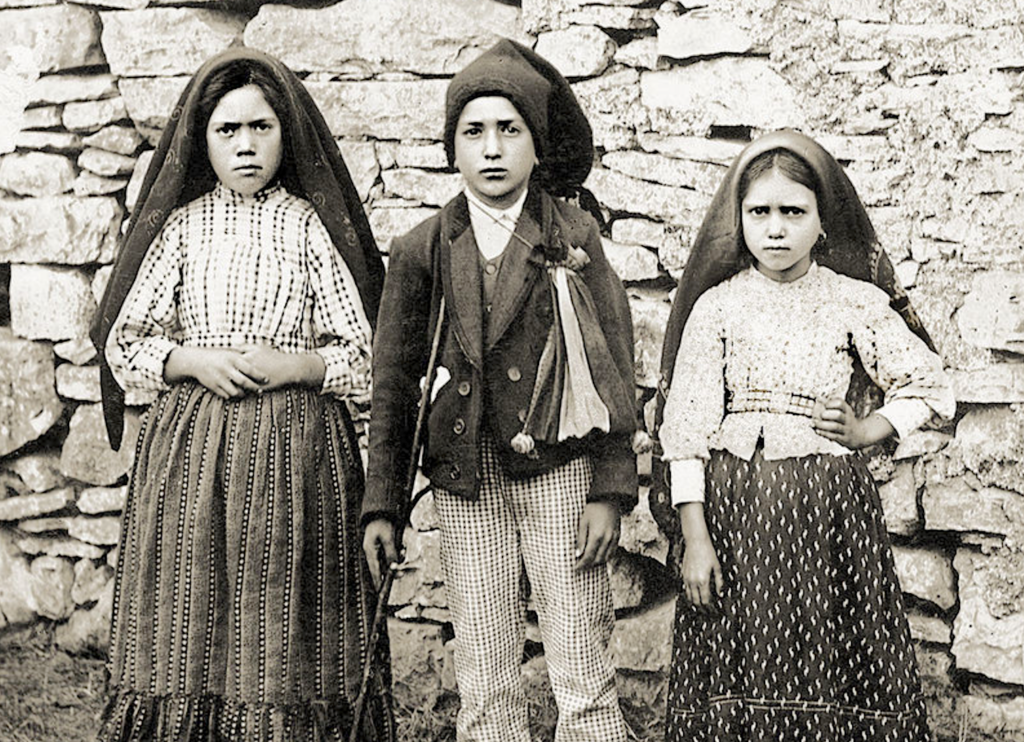
Fatima visionary Sr Lucia declared Venerable
Exaudi Staff
22 June, 2023
4 min
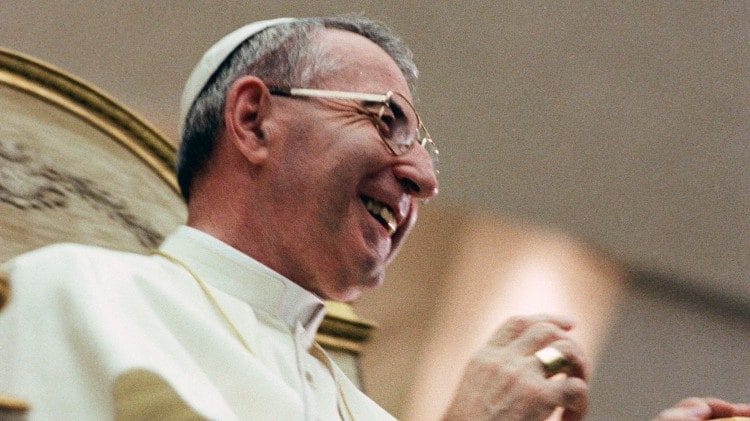
John Paul I To Be Beatified on September 4, 2022
Larissa I. López
24 December, 2021
3 min
 (EN)
(EN)
 (ES)
(ES)
 (IT)
(IT)

